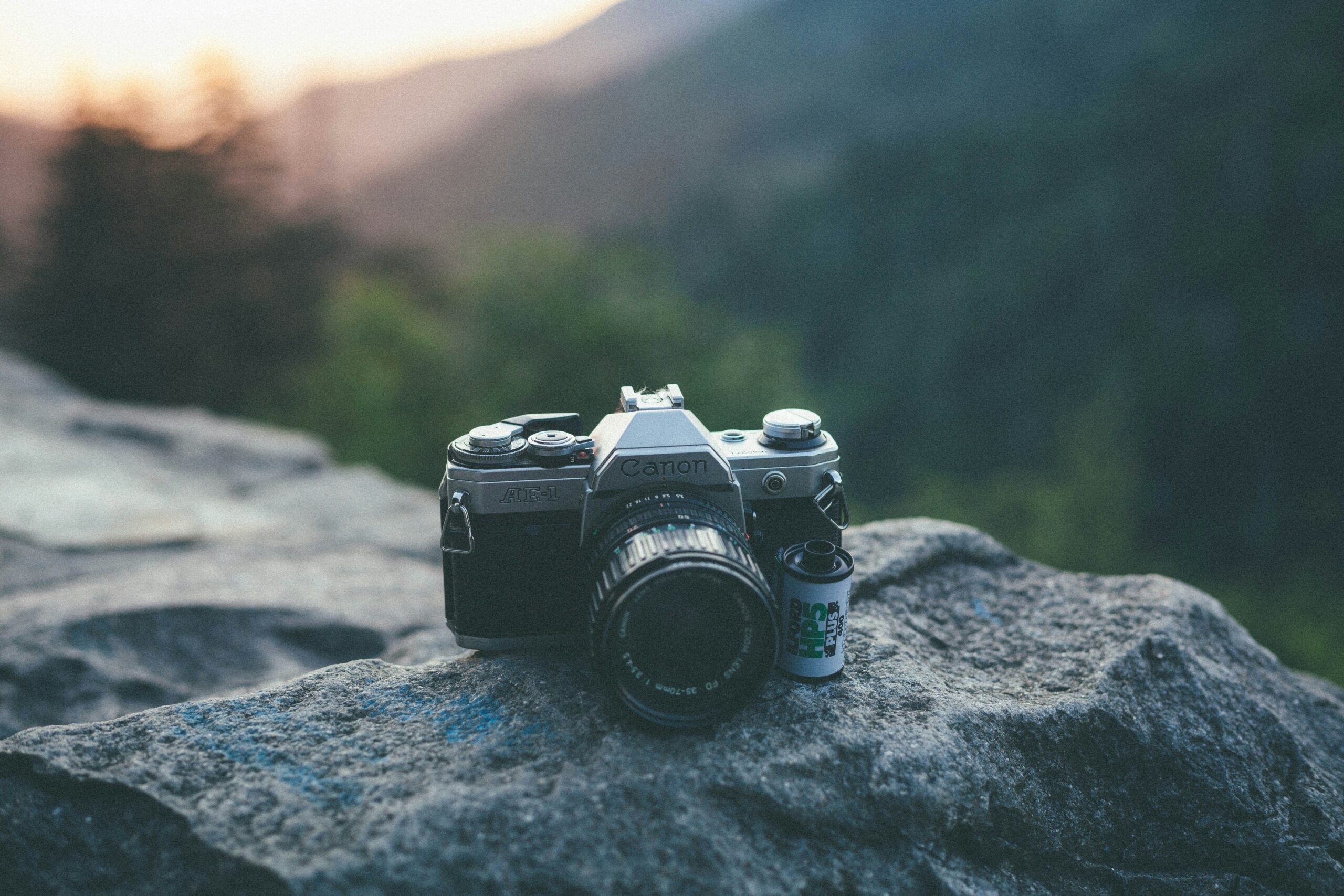
Landscape photography captures the beauty of nature in all its glory, from vast mountain ranges to serene beach vistas. This type of photography challenges photographers to balance technical skills with creativity to create breathtaking images. Whether you’re a beginner or an experienced photographer, understanding the key techniques and tips for mastering landscape photography is essential to producing stunning results.
Understanding the Importance of Composition
One of the most important aspects of landscape photography is composition. Without a strong composition, even the most beautiful scenery can appear lackluster. Begin by using the rule of thirds, a classic technique that divides the frame into nine equal sections using two horizontal and two vertical lines. By placing the horizon along one of the horizontal lines, you can create a more dynamic image. This approach helps guide the viewer’s eye through the scene while maintaining a balanced perspective.
Another important element in composition is leading lines. These lines, such as rivers, roads, or fences, draw the viewer’s attention toward the subject, making the photograph more engaging. Additionally, when framing a shot, consider including objects in the foreground, such as rocks, trees, or flowers, to add depth and dimension to the image.
Mastering Light and Time of Day
Light is the foundation of great photography, and in landscape photography, it plays an even more crucial role. The best light typically occurs during the “golden hours” — the period shortly after sunrise and just before sunset when the sunlight is soft and warm, casting long shadows and enhancing textures in the landscape. These moments can bring out the colors of the scene and add a sense of tranquility to the image.
On the other hand, the harsh midday sun can create stark contrasts and overexposure. To avoid this, try shooting on cloudy days when the light is diffused and soft, or use filters like polarizers to reduce glare and bring out the richness of the sky and water. Additionally, consider the direction of the light. Backlighting, where the light source is behind the subject, can create dramatic silhouettes or emphasize details like leaves or waves.
Using a Tripod for Stability and Sharpness
To ensure your landscape photographs are sharp and well-exposed, using a tripod is essential. This is particularly true in low-light conditions when longer exposure times are necessary. A tripod stabilizes your camera, preventing any camera shake that could lead to blurry images.
When setting up your tripod, take the time to level the camera and ensure the composition is exactly as you envision. The use of a remote shutter release or the camera’s self-timer function can further minimize camera shake, ensuring maximum sharpness.
Incorporating Filters into Your Photography Toolkit
Filters are an invaluable tool in landscape photography, helping to enhance your shots and control the exposure. A polarizer filter is especially useful for landscape photographers, as it can saturate the sky, making it appear bluer and reduce reflections on water or wet surfaces.
Graduated neutral density filters are another popular choice. These filters help balance the exposure between a bright sky and a dark foreground. By darkening the sky without affecting the landscape, graduated filters allow you to capture a well-exposed image in challenging lighting conditions.
Post-Processing to Enhance Your Images
While getting the shot right in the camera is essential, post-processing can help take your landscape images to the next level. Software like Adobe Lightroom or Photoshop allows you to enhance colors, adjust exposure, and fine-tune the sharpness of your photos. Be careful not to overdo it, as subtlety is key in landscape photography.
One common technique in post-processing is adjusting the contrast between the highlights and shadows to add depth to the image. You can also use the vibrance or saturation settings to bring out natural colors without making them look unnatural. Cropping and straightening the image can also improve composition, making the photograph more visually appealing.
Landscape photography is a beautiful art form that requires patience, technique, and a deep appreciation for nature. By mastering composition, understanding the importance of light, using a tripod, incorporating filters, and enhancing your images through post-processing, you can create stunning photographs that truly capture the essence of the landscape. With practice and creativity, you’ll develop your own unique style and be able to share the beauty of the world through your lens.